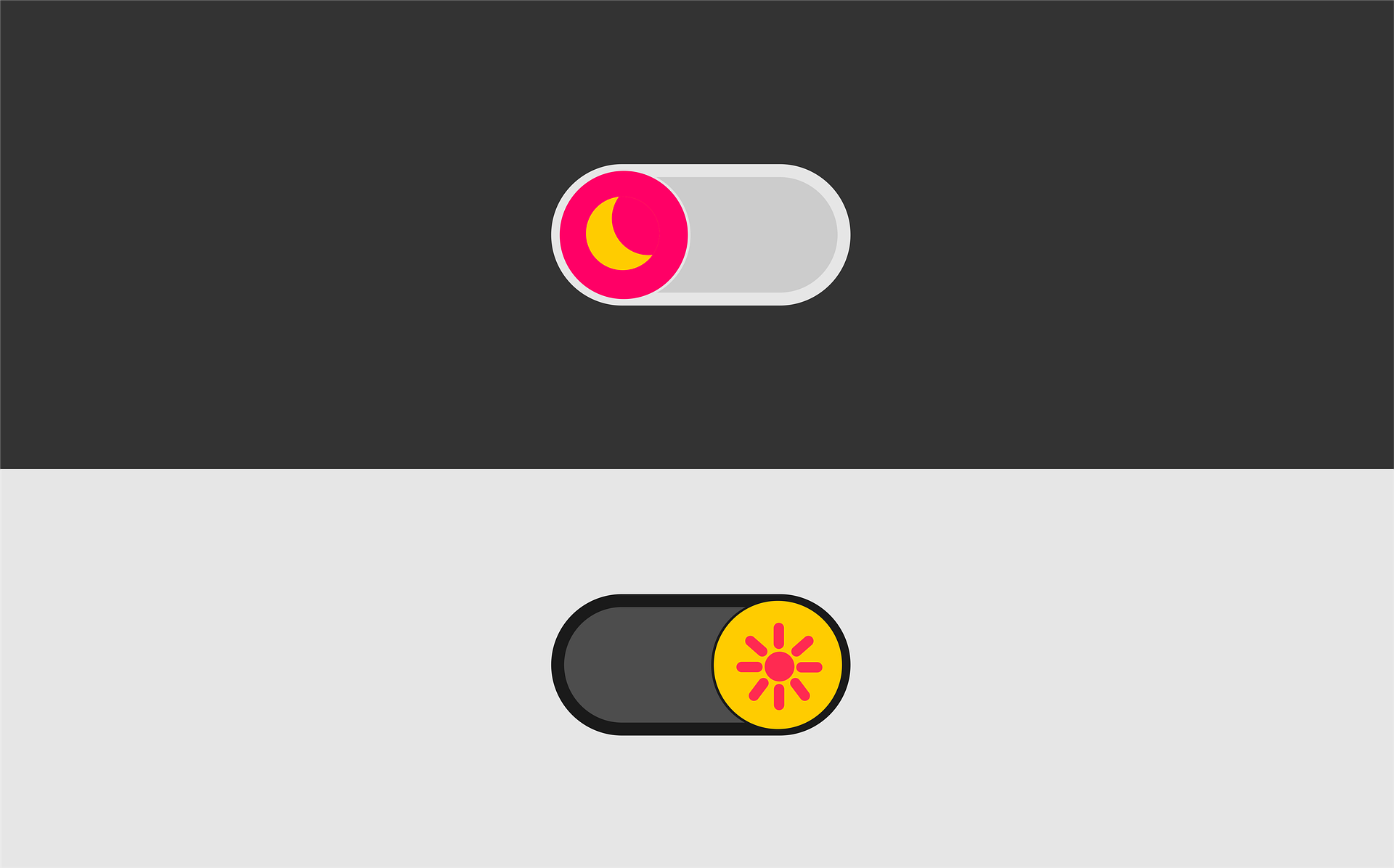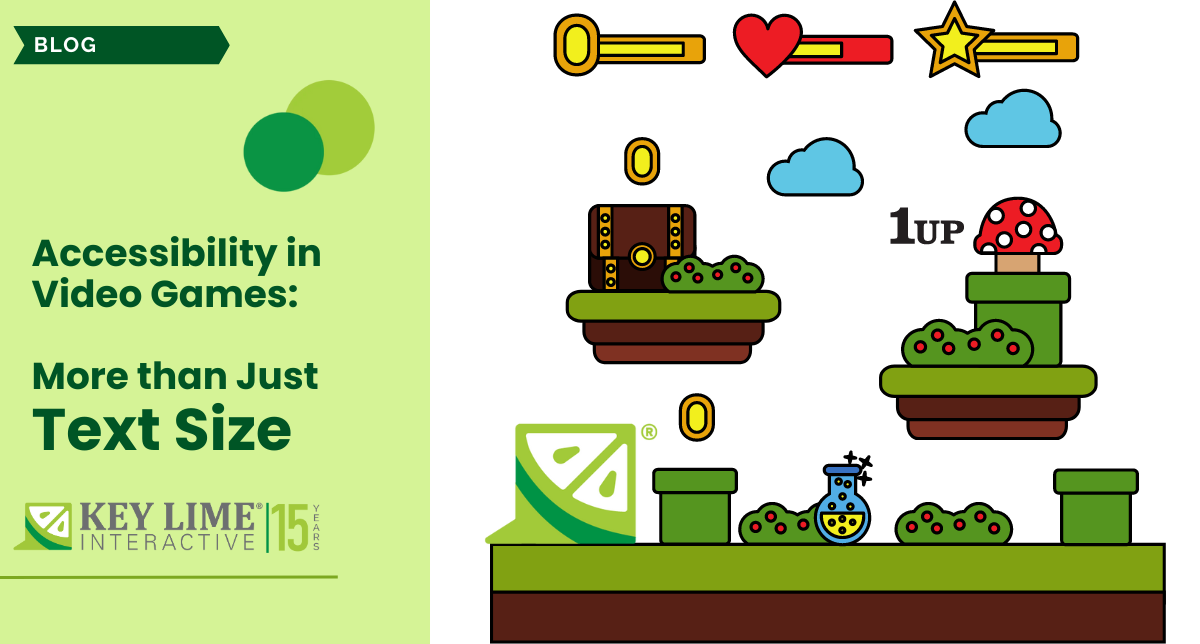
With all the big tech companies implementing Dark Mode in their products, there is no doubt that this feature is trending in the present day. However, with any new creation to an existing system, there is always a cost associated with it. It is important to know if Dark Mode is the right fit for your product and users, and where this feature falls amongst your other priorities. In this article, I will be covering the significance of Dark Mode and what to consider before committing to using further resources on your team.
Dark Mode allows users to adapt to their environment
The history of Dark Mode
In order to talk about how dark mode allows users to adapt to their environment, it is important to understand how dark mode came to users’ environment. First of all, dark mode is nothing new. In the 1980s, the monochrome CRT monitors, one of the first digital computer screens, had a dark background with green text. With the rise of graphical user interfaces (GUI) in the 1990s, light backgrounds became popular to emulate everyday notebook paper. Its re-emergence was then seen with the first Apple iPhone in 2007 and became even more popular relatively recently in 2019, with companies implementing dark mode more than ever.
Why is Dark Mode trending now?
Dark Mode elicits an emotional component. Unlike Light Mode, it adds a visual appeal and makes images pop, which can also help with marketing. Companies like Google and Apple have stated that Dark Mode is easier on the eyes and improves visibility for users with low vision. With a lot of people using digital devices at night and especially in dark rooms, Dark Mode makes it easier for users to stay on the product longer, which is what many companies strive toward.
Another use case is in cars. Some have interfaces that auto-adjust to Dark Mode at night. Car companies do this for the safety of drivers as it is proven to increase readability, usability, and safety. By adapting digital interfaces to the surrounding environment, it reduces glare and therefore distractions.
Where is Dark Mode heading?
Digital display seems all-encompassing nowadays with interfaces on refrigerators, thermostats and so on. As technology continues to invade more of our personal space, there is a trend that wants to seamlessly integrate it into our backgrounds. Having already seen how Dark Mode auto-adjusts at night to adapt to our environment, a step further from Dark Mode is called the heads-up display, which transparently displays data so that users do not have to look away. It was originally used in the military but can also be seen in cars today. Therefore, Dark Mode is just the beginning and it helps users adapt to their environment with their increased use in digital devices.
Photo Credit: Automotive News Europe
The science behind Dark Mode
Does Dark Mode really help with vision?
Like most answers– it depends. However, before elaborating on this answer, it is important to understand how vision works in the context of looking at a digital screen.
How human vision works
Humans are able to see because objects emit light that reaches our eyes, hits the back of our eye on an area called the retina, and transmits a signal to the brain which in turn creates the perception that we have of the world around us. In order for light to reach our retina, light passes through the pupil. One of the major functions of the pupil is to control the amount of light that enters our eyes. In a bright environment, our pupils constrict to avoid damaging the eyes. When the environment is dark, the pupils dilate to allow more light in to help us make out objects around us. When pupils constrict and dilate, it also changes how we focus on objects around us. Smaller pupils allow us to focus on objects that are farther away. While bigger pupils allow us to increase our visual sensitivity so that we can detect changes that are right in front of us.
Dark Mode alleviates digital eye strain (DES)
One of the main culprits of digital eye strain is blue light. Most people are familiar with blue light glasses that are advertised to help filter out blue light. But why is blue light so bad?
The answer lies in the visible light spectrum which illustrates the colors that humans can see. Based on this spectrum, blue light carries higher energy than green or red light because of its smaller wavelength. Although blue light is naturally present in the environment, too much exposure during the day or after sundown can lead to visual impairments and disrupt the circadian rhythm.
A digital screen is made up of millions of pixels and each pixel consists of three colors– red, green, and blue. Dark mode reduces the intensity of these colors compared to the white background as shown below.
Dark Mode can be better for the vision-impaired
Cataracts are the leading cause of vision loss in the United States. A cataract is a cloudy area in the lens of the an eye, scattering and blocking light that is supposed to reach the retina. A study done by Legge and his colleagues at the University of Minnesota found that “people with cloudy media (cataracts) often read substantially faster with white-on-black text.” Because dark mode reduces the intensity of light that enters the eye, the result is decreased scattering of light on the retina and therefore, an increased ability to focus their vision.
Dark Mode may not help with performance
On the contrary, dark mode may not aid in readability of text. A study published in the Ergonomics journal by Piepenbrock, et al. showed that dark characters on light backgrounds lead to better legibility. This may be due to the fact that “bright display leads to a greater pupillary contraction that, in turn, reduces the effects of spherical aberrations and increases the depth of field.”
This can also be known as the halation effect where reading can be complicated on a dark background because the edges of the bright text blur. A more prominent example is driving at night and seeing incoming cars’ headlights as shown below.
Is Dark Mode the right fit for your product?
Here is a quick recap of what we have covered so far:
- Dark Mode allows technology to be more seamlessly integrated into our environment.
- Companies use Dark Mode as a marketing strategy it makes it easier to use products for longer.
- Dark Mode alleviates eye strain and can help with the vision impaired but may not be good for readability.
What to consider when thinking about integrating Dark Mode into your products:
- Are your users interested in Dark Mode?
- It is important to consider testing different types of users to assess how Dark Mode fits into their mental model.
- Why are they interested in Dark Mode? Is it because they are already using it on other platforms? Does it help with eye strain?
- By understanding their current or past behaviors, one can more accurately assess the success of a feature that has not yet been created.
- Are there pages on your products that might not do well in Dark Mode?
- Because Dark Mode can hinder readability, it is important to consider limiting text on pages that are in Dark Mode and use Dark Mode to emphasize visual information that is important to users.
Resources:
Pupillometry: Psychology, Physiology, and Function
Is “Dark mode” better for your eye health? Which mode is better for work efficiency?
Common Eye Disorders and Diseases
Three Perspectives on Low Vision Reading
Positive Display Polarity is advantageous for both younger and older adults
Designing Dashboard in Dark Mode
Dark Mode vs Light Mode: Which is Better?
Reading and Myopia: Contrast Polarity Matters










Comments
Add Comment